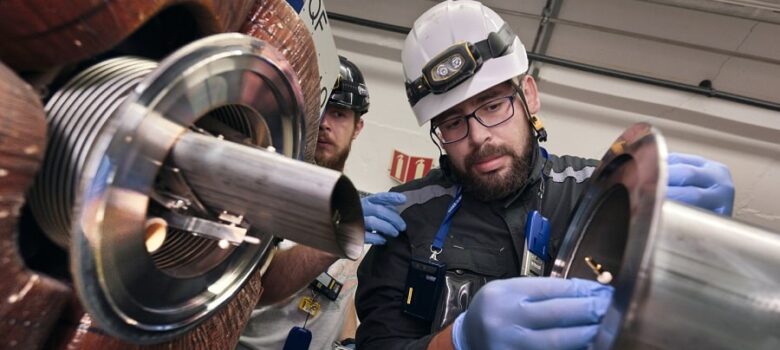
- Jul. 16
- Richard Parker
When Something Goes Wrong With Your Business’ Vacuum Parts
For numerous reasons, any component within your vacuum system can stop working, develop a fault or not work as expected. When this happens, there are a number of things you can do.
The first step to take if any of your components, including your ultra-high vacuum gauge, are not working is to go back to basics. Ensure that everything is properly connected and that all installation and safety instructions have been followed. Depending on the problem you are experiencing, you should check all of your power connections, fuses, fans and leads. Check that there are no breaks in any of your electrical circuits, and replace any fuses etc. If you are still unable to achieve UHV, then there is potentially a leak in the system. This needs to be found and rectified before any further investigation can continue.
On rare occasions, the fault is one that you cannot rectify yourself. With the exception of replacing filaments, you should not try to take units apart or self-repair components. Doing so is likely to invalidate any warranty you have and could cause you harm. In these instances, it is best to refer back to the manufacturer. If you purchased your parts from a company that provides a full servicing and repair service, then contact them before sending the part. Ensure that it is feasible for it to be repaired; many parts such as the Pirani gauge are not cost-effective to repair and should be simply replaced.
Requirements for Achieving UHV Conditions
Creating vacuums involves changing the pressure inside a contained environment. Working closely with chemical companies is critical to ensure a chemically clean surface. Vacuum system components play a vital role in the creation of the negative pressures required for an ultra-high vacuum environment. Each component in the system needs to be ideal for its role if the correct vacuum level is to be achieved.
A UHV system requires vacuum pumps that can produce high pumping speeds; often one or more pumps are required to work in either series or parallel to achieve the consistent pumping action that is needed. Each component needs to be made from suitable materials that offer low outgassing rates and low vapour pressures. In addition, the surface area of the system needs to be minimal and all surfaces need to be free of pits, folds or any other surface interference that could cause gas to become trapped. This is particularly important when it comes to the joins between the different UHV components and the tubing from the pumps. Tubing should be kept as short as possible and again should be free from obstruction.
All parts in an ultra-high vacuum system should ideally be bakeable. Baking removes water and hydrocarbons that have been adsorbed. If parts cannot be baked, they need to be removed or shielded from the baking process and this will tend to increase the risk of contaminants entering the system. The cleanliness of all components is also an important factor when it comes to reducing the risk of contamination. Something as small as a fingerprint can have major detrimental effects on the workings of the vacuum system.
Buying Electronic Vacuum Gauges
An electronic vacuum gauge is a vital element of any vacuum system. Without it, knowledge of what was happening in the vacuum chamber and of the pressures being achieved would be somewhere between limited and non-existent. By asking yourself the following questions, you can ensure you source the gauges that meet your requirements.
One of the first questions you need to ask is what vacuum level do you need to achieve? Different gauges work best different pressure ranges, and if you are looking to achieve UHV, then you need to keep in mind that you are likely to need more than one type of gauge. You will also need to ask under what type of external environmental conditions will you be working? An ultra high vacuum gauge, like most vacuum components, can be affected by external conditions and pressures. It is also important to know this to ensure that you purchase the correct connectors and feedthroughs for your system.
What gases are you working with? This is vital information as different gases affect the workings of vacuum gauges in different ways. For example, a Pirani gauge needs to be specifically calibrated for different gases used within the vacuum chamber. In addition to these considerations, you will need to think about aspects such as bakeability, outgassing rates, and the availability of suitable controllers and connection methods. Incompatibility at any stage between parts can lead to leaks in the system. Budget and longevity are other concerns that you will need to take into consideration in your purchase.



